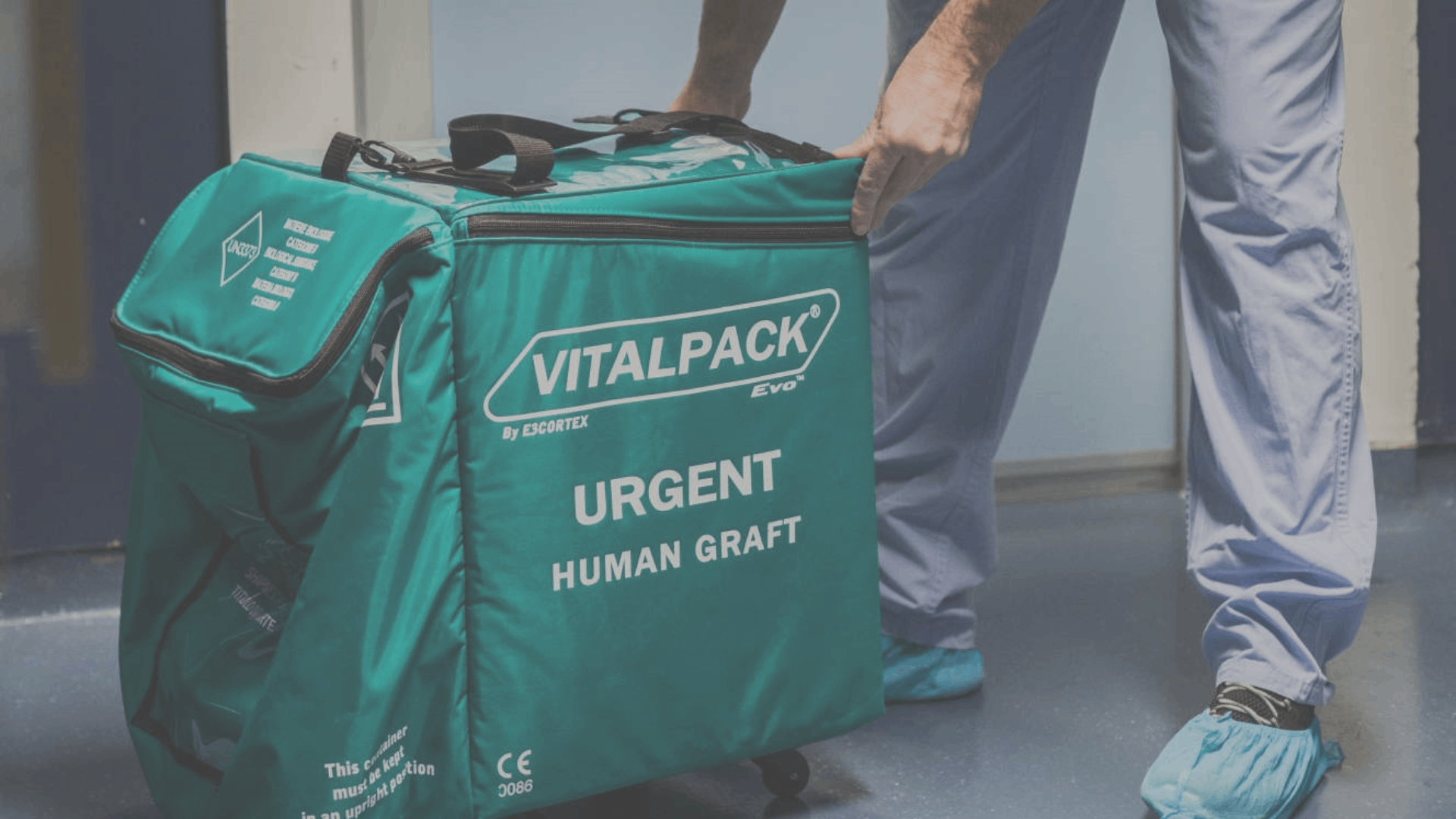Teams from the renal transplantation department at Necker-Enfants malades hospital, Inserm and Université Paris Cité, as part of the Paris Translational Research Center for Organ Transplantation (PARCC), coordinated by Dr. Olivier Aubert and Prof. Alexandre Loupy, conducted a study into the potential of liquid biopsy (cfDNA) as a technique for predicting renal transplant rejection. This involves detecting donor DNA in the blood of transplant patients, with the aim of non-invasively predicting rejection of the transplanted organ. The results of this study were published in Nature Medicine on June 2, 2024.

© Tous droits réservés
Allografts are the most commonly performed transplants, between two genetically different individuals of the same species. An allograft is when the patient (or recipient) is transplanted with cells from a healthy person. Allograft rejection is a significant public health issue, affecting the patient’s quality of life in many ways, even leading to death. Allograft rejection affects almost 20% of patients within a year.
The objective of this study is to demonstrate the usefulness of liquid biopsy for kidney transplant patients. This technique involves detecting donor DNA in the blood of transplant patients, with the aim of non-invasively predicting rejection of the transplanted organ.
The study included nearly 3,000 kidney transplant patients from 14 transplant centers in Europe and the United States, all aged around 55, with a majority of men (61%). cfDNA is integrated into a multimodal prediction algorithm¹. cfDNA² levels were found to be strongly associated with different types of graft rejection, including antibody-mediated rejection and T-cell-mediated cellular rejection.
With this method, researchers will be able to determine for each patient and non-invasively on a simple blood test, the probability of rejection of the transplanted organ. Furthermore, the analyses revealed that the addition of cfDNA to existing monitoring models not only improves detection of clinical rejection, but also of sub-clinical rejection (undetectable with currently available tools), enabling earlier and more effective therapeutic interventions.
Liquid biopsy, combining the usual graft monitoring parameters with cfDNA, avoids unnecessary and invasive biopsies, while detecting rejection earlier and with greater accuracy. This approach can also reduce healthcare costs while considerably simplifying the care pathway for transplant patients. This non-invasive method offers a new way of monitoring transplant patients. Today, the liquid biopsy approach is also being extended to heart, lung and liver transplant patients.
- A type of artificial intelligence in which multiple data sources and numerous intelligent processing algorithms are combined to solve complex problems and achieve greater accuracy.
- cfDNA levels indicate the intensity of inflammation and rejection of the transplanted organ.
Source
Cell-free DNA for the detection of kidney allograft rejection
Olivier Aubert, Cindy Ursule-Dufai, Romain Brousse, Juliette Gueguen, Maud Racapé, Marc Raynaud, Elisabet Van Loon, Angelica Pagliazzi, Edmund Huang, Stanley C Jordan, Kenneth D Chavin, Gaurav Gupta, Dhiren Kumar, Tarek Alhamad, Sanjiv Anand, Jorge Sanchez-Garcia, Basmah A Abdalla, Julien Hogan, Rouba Garro, Darshana M. Dadhania, Pranjal Jain, Didier A Mandelbrot, Maarten Naesens, Raja Dandamudi, Vikas R. Dharnidharka, Dany Anglicheau, Carmen Lefaucheur, Alexandre Loupy –
Read more
![[Cardiovascular Sciences] “Open UE”: looking back on an interdisciplinary adventure!](https://u-paris.fr/wp-content/uploads/2025/12/Sans-titre-1920-x-1080-px58-1080x675.jpg)
[Cardiovascular Sciences] “Open UE”: looking back on an interdisciplinary adventure!
The “open UE”, launched by the Graduate School Cardiovascular Sciences, brought together researchers, clinicians, and experts from diverse fields for a week to explore major issues in biomedical and translational research. Open to all students across the 29 Graduate Schools of Université Paris Cité, it offered a unique space for learning and interdisciplinary exchange.
read more
Scientific event: the Neuroscience Graduate School highlights its young researchers
The Neuroscience Graduate School held the third edition of its scientific event, giving students from across the Graduate School the opportunity to present their research work. This now-established meeting has become a key moment for bringing together Master’s...
read more
Université Paris Cité on the path to internationalising its programmes
L'Université Paris Cité is committed to internationalising part of its study programmes and supporting academic staff who wish to be part of this initiative. In order to provide them with the best support possible in gradually transforming their course modules, it has...
read more
Call for applications for US Visiting Faculty 2026-2027
Committed to supporting research at the highest level through their partnership, Université Paris Cité and Sciences Po are calling for outstanding applications for visiting faculty from the United States. Apply before January 30, 2026.Candidates selected under a...
read more